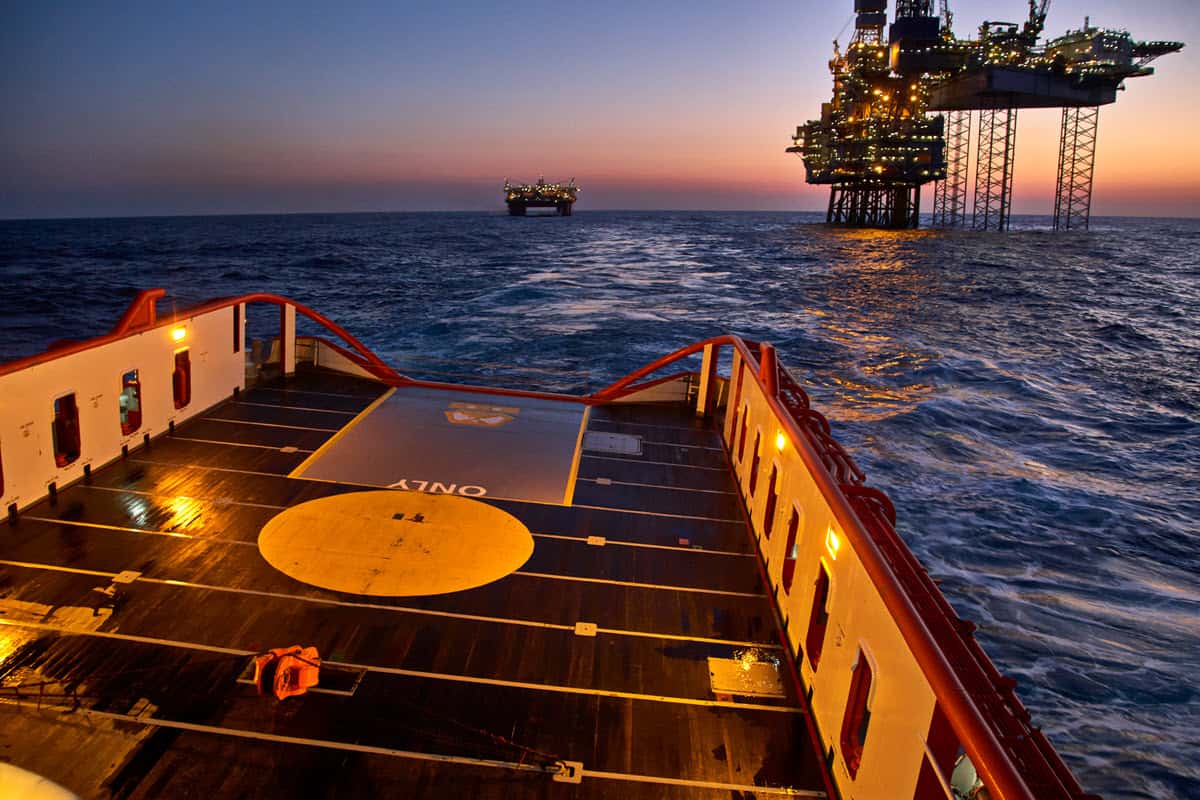CASE STUDY
Distributed Fiber-optic Sensing top Choice for North Sea Oil Field Operator

Problem:
- Need for accurate measurement of
reservoir compaction and imaging over
life of field development - Conventional measurement required well
intervention and production down time - Expensive specialized siesmic survey
vessels
Solution:
- OptaSense Distributed Fiber-optic Sensing
Solution- Multiple wells recorded simultaneously
- 3rd party vendors used for navigation
and contracted supply vessels used for
airgun source - Recording parameters optimized onsite
Value Delivered:
- High-quality data recordings
- Reduced cost and rig time savings
- Quick turnaround of data allowed for use
on future wells
The Challenge
A major operator in the North Sea sought a more cost-effective method to measure reservoir compaction accurately and capture reservoir imaging for life-of-field development. Typically, measurements require full wellbore intervention using wireline, resulting in costly lost production from offline producing wells. Moreover, this method often involves hiring seismic survey vessels with towed source arrays, leading to gaps in subsurface data due to exclusion zones around platforms.
By utilizing a supply vessel with Dynamic Positioning (DP) and a mobile fixed source arrangement, the source can be deployed closer to the platform, enhancing subsurface data coverage and results. However, the high cost and limited availability of dedicated survey vessels contribute to the poor economics compared to standard DP supply vessel rates.
The operator explored Distributed Fiber-optic Sensing (DFOS) as an alternative to conventional seismic acquisition. Initially, there was a perception that seismic data from fiber-optic sensing might not meet the required quality standards.
After evaluating various fiber-optic service providers, the operator chose OptaSense for acquiring high-quality seismic data. OptaSense’s selection was based on the proposed technical solution and extensive experience in the seismic acquisition market.
The Solution
As part of the DFOS seismic monitoring solution, OptaSense engineers recommended that the operator:
- Record three wells simultaneously for the duration of the project
- Use third-party vendors for navigation and have airgun source supply positioned on contracted supply vessels, negating need to hire specialized seismic vessels
- Optimize recording parameters onsite to reduce rig time operations
The solution offered by OptaSense allowed the operator to acquire high quality seismic data will also delivering considerable cost savings over the life of the field since these measurements have to be continually repeated to measure movement of overburden and reservoir fluids.
Delivered Value
The seismic data quality delivered was of such quality that the operator extended the program to cover imaging as well as the reservoir compaction. An additional three weeks of work was secured based on the “first raw DAS data record” supplied by OptaSense to the client. This initial DAS seismic measurement was key as a baseline against which all future measurements would be made.
Operationally, the client was able to use a standard supply vessel with OptaSense equipment deployed on the back of the deck at significant cost savings. Due to the abundant availability of these types of supply vessels, the timing of the survey was optimized around platform operations bringing new development online.
In addition to the reduced rig time and money saved using supply vessels rather than specialized seismic vessels, this novel approach also resulted in significant indirect cost savings as well. The quick turnaround of data allowed it to be used to assist in placement and setting of casing for the next well (and future wells.)
For more information, please contact your OptaSense representative or visit www.optasense.com/oilfield-services

